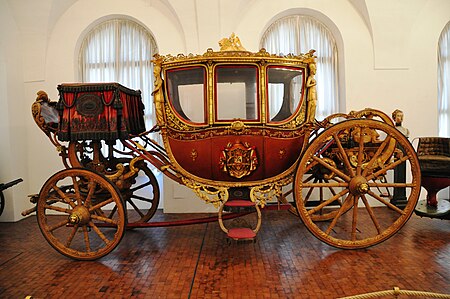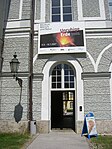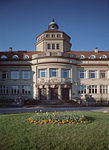Marstallmuseum
Carriage museumsMuseums in Munich

The Marstallmuseum (Museum in the former royal stables ) in Munich is one of the most important museums for court carriages in the world. It is located in the South Wing of Nymphenburg Palace. On display is a vehicle park from the time of the Bavarian and Palatine electors and kings of the House of Wittelsbach. The collection gives an extensive overview of the development of the carriages from the end of the 17th century to the end of the 19th century with exhibits from Germany, France and England. On display are especially royal coaches, barouches, sledges, litters and even a carousel.
Excerpt from the Wikipedia article Marstallmuseum (License: CC BY-SA 3.0, Authors, Images).Marstallmuseum
Hirschgartenallee, Munich Nymphenburg
Geographical coordinates (GPS) Address Phone number Website Nearby Places Show on map
Geographical coordinates (GPS)
| Latitude | Longitude |
|---|---|
| N 48.1558 ° | E 11.5055 ° |
Address
Schlosswirtschaft Schwaige
Hirschgartenallee 30
80638 Munich, Nymphenburg
Bavaria, Germany
Open on Google Maps








